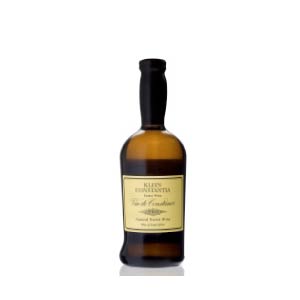South Africa
An Unexpected Wine on a Cold Winter’s Night
On a recent snowy evening my husband and I popped into our local gastropub for a late, post-movie bite. Alder is the newest restaurant from Wylie Dufresne, who first gained attention at 71 Clinton Fresh Food before opening WD-50, his innovative restaurant on Manhattan’s Lower East Side. This is where he unleashed his inner mad scientist, using techniques from the school of molecular gastronomy to create dishes such as deconstructed eggs benedict with deep fried hollandaise and aerated foie gras. At Alder, the atmosphere is more casual with a smaller menu that falls under the category of upscale pub food. Dufresne has scaled back the molecular gastronomy aspect, but his signature playfulness is still evident. He’s taken traditional pub fare and added asian accents. A pedestrian sounding pub cheese is actually made by simmering wine, garlic, shallots, thyme, bay leaf and cloves and then mixing it with cheddar, cream cheese, mustard and miso. The pigs in a blanket are Chinese sausages wrapped in hot dog buns that have been flattened through a pasta maker then wrapped around the sausage and served with Japanese mustard and sweet chili sauce. Beef tongue has the unusual accompaniments of smoked yucca, pickled cippolini, and chimichurri dashi. The flavors feel familiar, comforting, and most of all delicious.
The wines too are in line with the more casual gastropub ambitions. It’s a small but well-curated list with an emphasis on value, which means wines from lesser-known regions like the Jura, Roussillon, Jurancon, and the Languedoc. Most bottles are under $100. Dessert wines were conspicuously absent in print, but when I asked our server she told us that they did indeed have a dessert wine, though only one. But what a wine it is—a 2007 Vin de Constance from Klein Constantia in South Africa. It seemed fitting too, during this week of remembering Nelson Mandela to raise a glass of wine from his country and drink a toast to such a remarkable man, especially since this was his favorite wine.
Constantia is a small wine region southeast of Cape Town (really a suburb now). Nine producers make wine from vineyards that sweep across a large amphitheater facing False Bay. They’ve been making wine here since in 1685, and although dry whites and reds are made, it is the sweet dessert wine that originally brought fame to the region. In the 18th and 19th centuries it was a favorite among European aristocracy, including Frederick the Great, King George IV and Napoleon Bonaparte, who ordered it during his exile on St. Helena. Even Jane Austen suggested a glass of Constantia for its “healing powers on a disappointed heart.” In the late 1800s, however, phylloxera and powdery mildew decimated the area’s vines. The vineyards were sold to the government and the dessert wine production came to a halt. There things stood until 1980, when the Klein estate was bought by Duggie Jooste, who set out not just to revive the vineyards but also to recreate the famous dessert wine that hadn’t been made for nearly a century.
Klein’s new Vin de Constance is based on the original Constantia wine and made from Muscat de Frontignan. A small portion of the grapes (10%) is picked early to make a base wine with high acidity. The rest of the grapes aren’t picked until late in the harvest season and are allowed to raisin on the vine, with no help from botrytis. Picking is done by hand in tries, or passes through the vineyard, with only those grapes that have sufficiently dried being selected. Three passes are usually required. The raisined grapes are then pressed and the must placed in 500 L barrels for fermentation where they remain on their lees for up to four years. Klein’s first vintage was from 1986, but wasn’t released until 1990. Following Klein’s lead Groot Constantia began producing their own version called Grand Constance, and Buitenverwachting have their 1769.
The Vin de Constance at Alder was from 2007, considered one of the best years of the decade. The long, dry growing season produced a rich, silky wine with deep concentrated flavors of orange marmalade, apricot, honey, raisins and spice balanced with a nice taut streak of acidity. Neal Martin of Robert Parker’s Wine Advocate gave it 97 points, the highest rating a South African sweet wine has ever received. It didn’t pair well at all with the root beer pudding my husband ordered. But quite frankly, the wine was so remarkable and delicious, it was best savored all on its own. Look for Klein’s distinctive, bottom-heavy 500 cl bottles that run around $55 and drink a toast to South Africa and the man who set an example for us all.
